Winter Compost
Compost seems to be a hot topic these days. We all love the thick white steam cloud emitted from a healthy compost pile in the cool mornings of the fall, but what happens to a compost pile during the winter?
Unfortunately, most compost piles freeze solid in the coldest winter months. When a compost pile freezes, however, it isn’t lost forever. As microbes become less active, they no longer produce enough body heat to keep a pile from freezing. Just like us, soil microbes slow down in the cold. But microbes have an ability humans can only mimic in the coldest months of the year: dormancy.
A frozen compost pile isn’t dead; it’s dormant. In winter months, soil microbes enter a state of deep hibernation until the conditions are optimal to become active again. In some cases, ancient microbes can remain dormant for thousands of years, waiting to reemerge when a combination of oxygen, moisture and temperature form their ideal microclimate. The vast majority of compost microbes survive even the deepest freezes for a few months.
But what if there was a way to keep compost active in the coldest months of the year? While it is possible to keep a compost pile warm in the winter through frequent turning, snowy and icy conditions can prevent farmers and gardeners from accessing their piles. What if there was a way to keep compost warm without turning it?
Aerated Static Pile (ASP) composting can keep piles warm through the winter. By “forcing” air through a PVC pipe frame, ASP composting can oxygenate the center of a pile without having to turn it. While traditional compost piles should be covered with a "breathable" material, ASP systems can be sealed with a tarp. Tarps keep moisture in the pile while oxygen is introduced from outside of the pile through the forced aeration.
At Denver Botanic Gardens Chatfield Farms, we are installing an ASP composting system this winter. While Chatfield Farms produces around 100 tons of compost a year, ASP systems are relatively easy to build at any scale. A home gardener could build an ASP system with a leaf blower and a few PVC pipes.
ASP composting is a great experiment to keep a “soil nerd” occupied through the offseason, but it is by no means the only way to create quality compost. So, whether your compost goes dormant during the winter or stays active year-round with an ASP system, keep up the good work!
Gallery
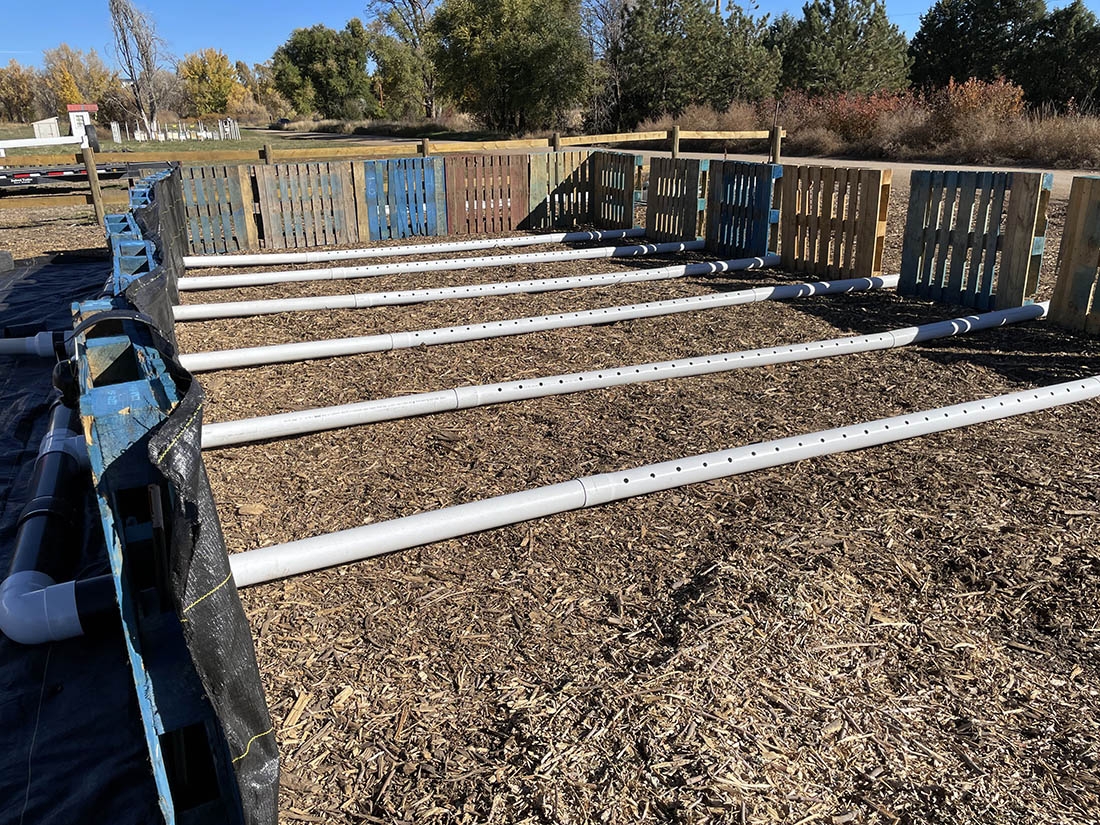
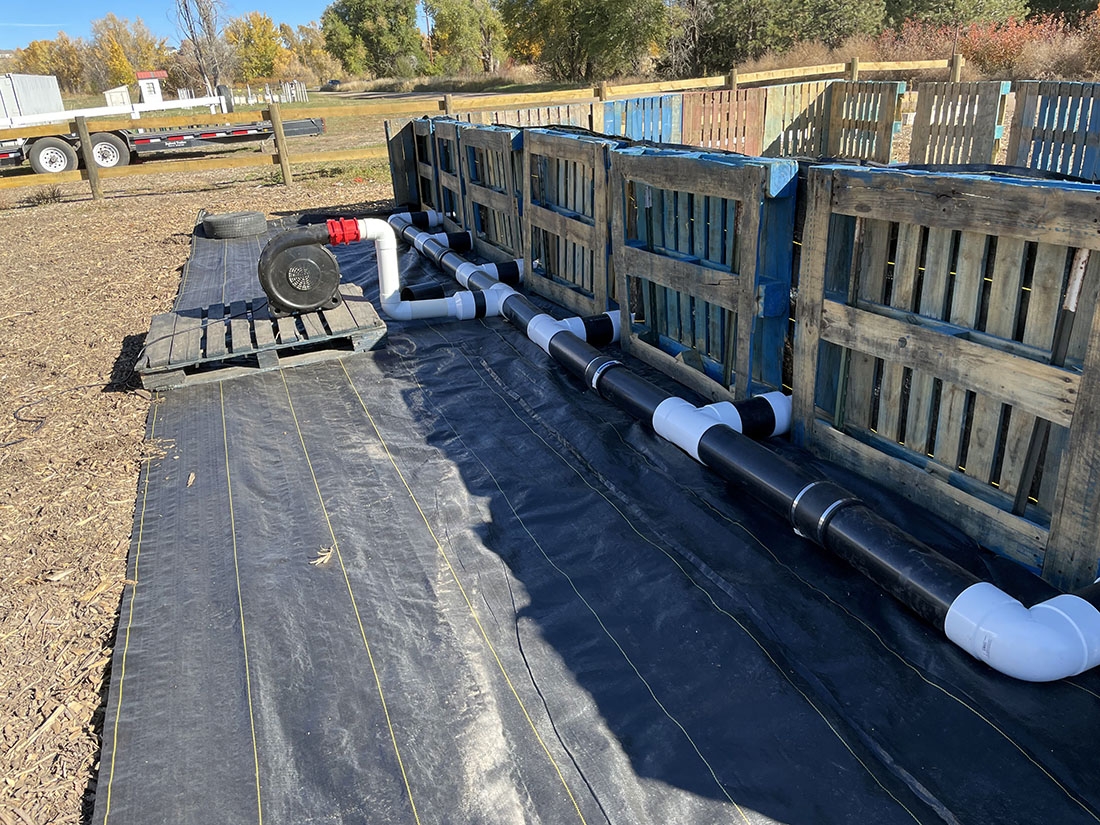
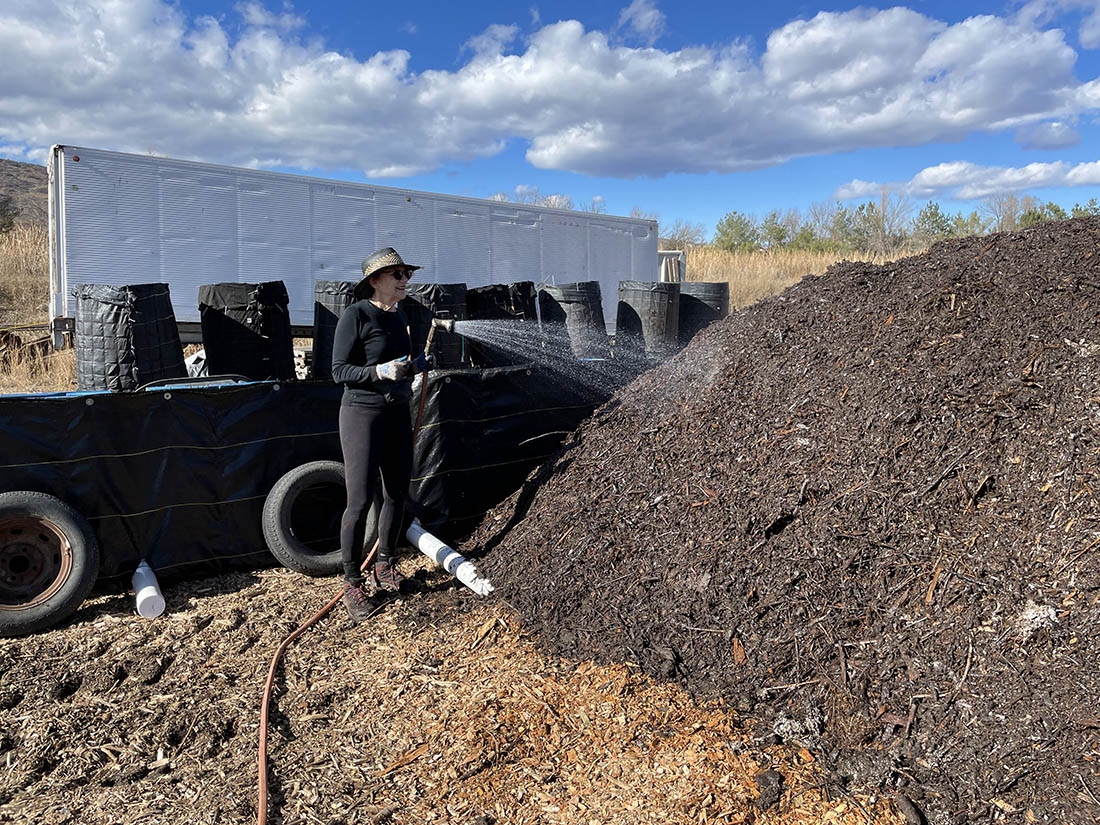
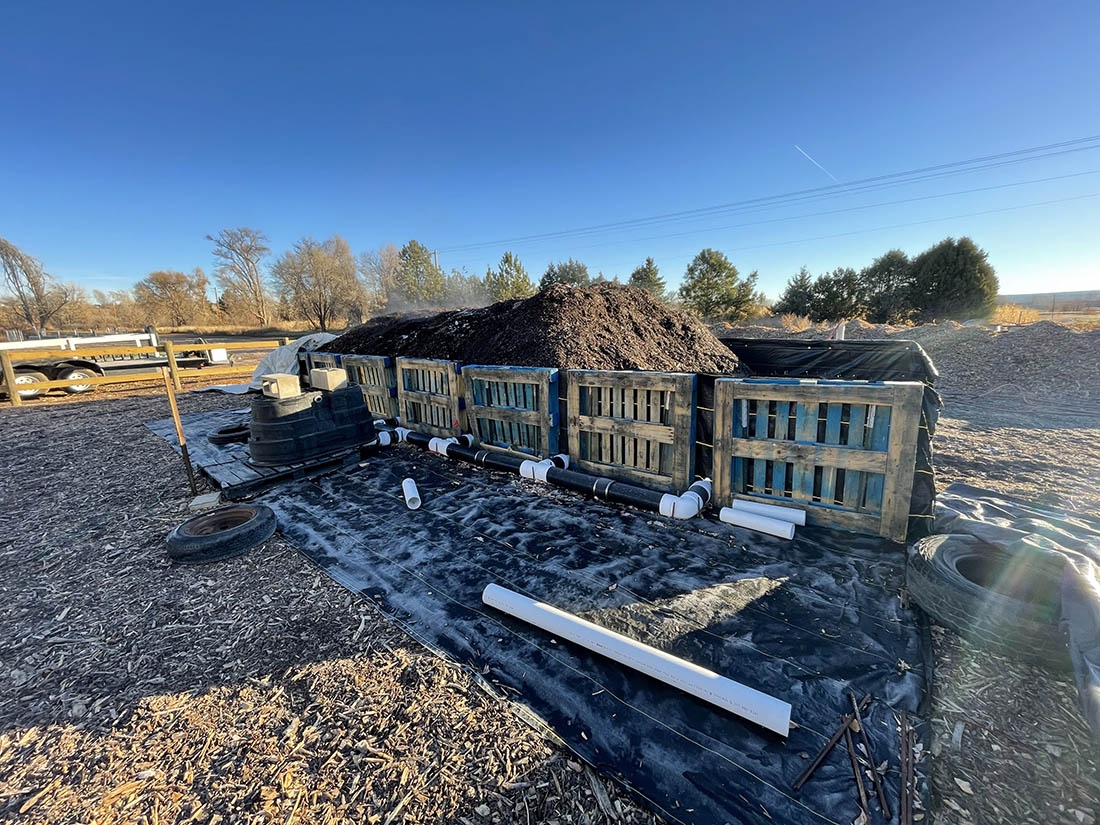
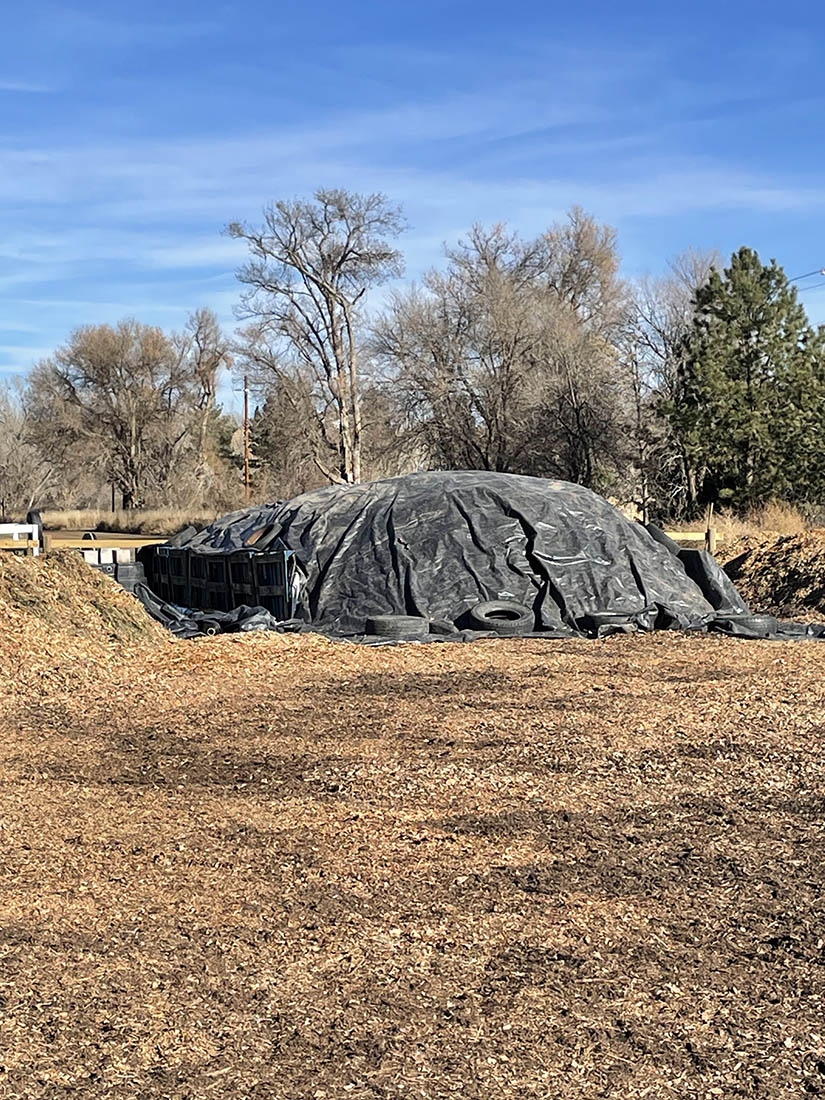
Add new comment